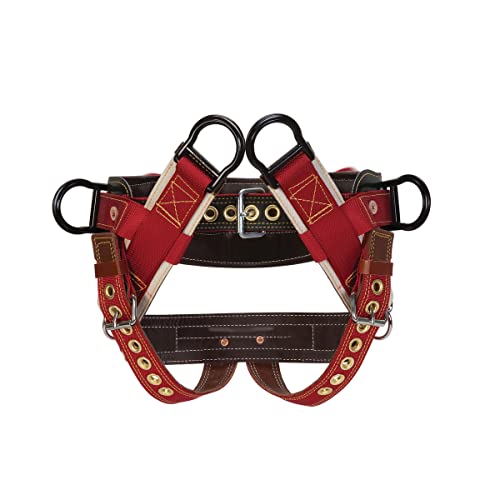Sounds to me like the 24 inch bar versus the 20 inch tree is a "fer-instance" to illustrate the question. From that, it looks like he got the answer of "get a bar a bit longer than the wood you plan to encounter, but don't simply get the longest one reccommended by the manufacturer." That answer makes sense. Overkill is overkill. Adds stress, cost, and weight, and reduces efficiency. It's a simple case of getting the right tool for the job. You wouldn't use a hand-sledge to drive a 16d nail, wouldja?
A bar that extends beyond the cut should also aid in chip clearing and nose cooling - both good when you get into the oak and locust.
I'd bet that the advertised maximum bar length for some saws contain some element of "marketing license", as well. Take it with a grain of salt - especially if you encounter hardwoods.
Werd yo!
OH! WAIT! I'm not a pro, nevermind this post. Carry on.























































